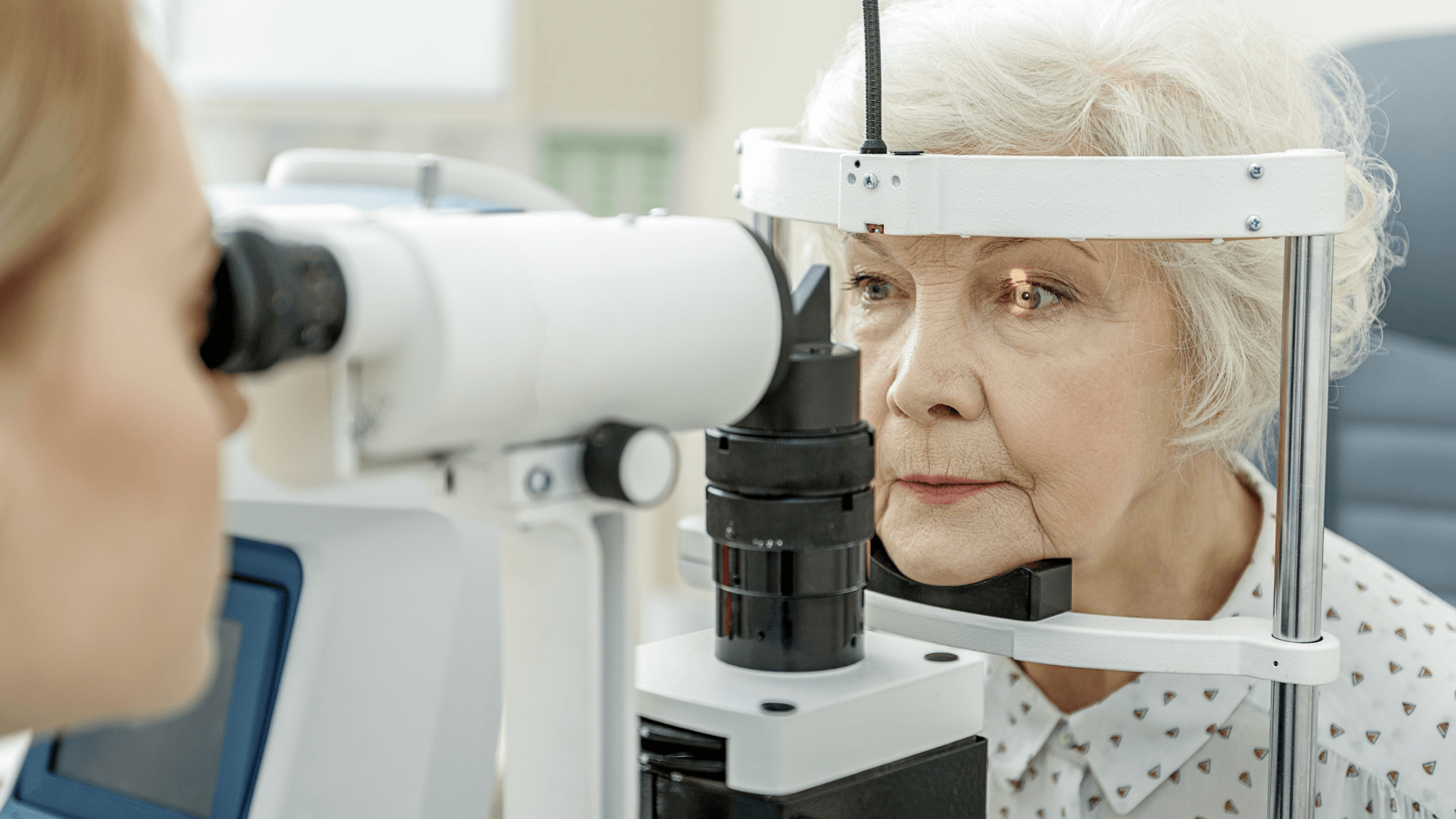What Is Wet Macular Degeneration?
&srotate=0)
Are you noticing sudden changes in your central vision — such as blurriness, wavy lines, or dark spots? These symptoms could point to wet macular degeneration, a serious eye condition that requires immediate care. At Retina Associates of St. Louis, we offer diagnosis and treatment of retinal conditions like wet age-related macular degeneration using the latest technology and individualized care plans. Early treatment, however, can help protect your vision and improve your quality of life. Read on to learn more about wet macular degeneration, then contact our eye center in St. Louis to schedule an eye exam.
What is wet macular degeneration?
Wet macular degeneration is one of two forms of age-related macular degeneration (AMD) — wet and dry. It happens when abnormal blood vessels grow beneath the retina and begin leaking fluid or blood into the macula — the part of the eye responsible for sharp, central vision. This leakage causes rapid damage to the macula and can lead to significant vision loss if not treated right away. While only about 10% of AMD cases are wet AMD, it is an aggressive condition and demands prompt medical attention.
What causes wet macular degeneration?
Wet macular degeneration is caused by a combination of aging and underlying health factors. As the eye ages, the macula may weaken, triggering the growth of abnormal blood vessels. These vessels are fragile and prone to leaking. Risk factors include smoking, high blood pressure, cardiovascular disease, obesity, and a family history of AMD. Residents in St. Louis, MO who are over the age of 60 should schedule regular eye exams to monitor for early signs of AMD.
What are the symptoms of wet macular degeneration?
Recognizing the symptoms of wet macular degeneration early can make a huge difference. Symptoms may include:
- Blurry or distorted central vision
- Straight lines appearing wavy or bent
- A dark or empty area in the center of vision
- Trouble reading or recognizing faces
If you notice any of these signs, especially if they appear suddenly, it's crucial to contact our eye care specialists right away to schedule an eye exam.
How is wet macular degeneration different from dry AMD?
Understanding the difference between wet and dry macular degeneration can help clarify your diagnosis and treatment path. Dry AMD is the more common form and develops gradually as the macula thins over time. It usually progresses slowly and may not cause noticeable vision changes for years. However, some people with dry AMD eventually develop the wet form, which involves active leakage and more rapid vision loss.
So, which type do you have — wet or dry macular degeneration? Dry AMD often presents as mild vision changes, while wet AMD typically causes sudden and more severe symptoms. Both forms can impact your quality of life, but wet AMD demands faster and more aggressive treatment.
What are the treatments for wet macular degeneration?
Effective treatments for wet macular degeneration are available and can help preserve vision. The most common treatment involves anti-VEGF injections, which work by blocking the growth of abnormal blood vessels and reducing leakage. Depending on your case, laser therapy or photodynamic therapy may also be recommended. At Retina Associates of St. Louis, we create customized treatment plans to manage your condition and help you maintain independence.
Protect your vision; treat wet AMD
Protecting your vision starts with early diagnosis and care. Retina Associates of St. Louis in St. Louis, MO is dedicated to helping patients manage both wet and dry macular degeneration with personalized treatment plans. If you're experiencing changes in your vision, don't wait— schedule an appointment with our experienced team to take the next step toward preserving your sight.